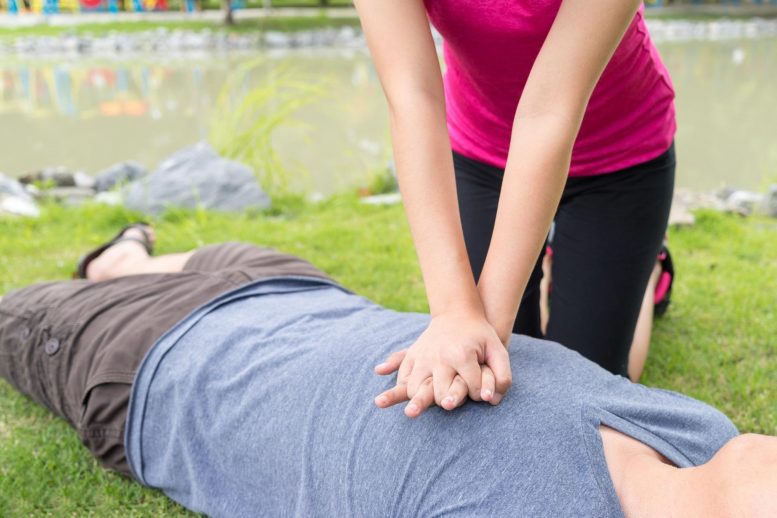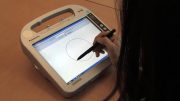
Swift assistance from lay responders improves survival in cardiac arrest cases.
Lay responders’ swift assistance to cardiac arrest victims is associated with improved survival, according to research presented at ESC Congress 2021.1,2
“Our study suggests that when emergency medical services incorporate members of the public into their systems, cardiac arrest victims are more likely to survive,” said study author Dr. Martin Jonsson of the Karolinska Institute, Stockholm, Sweden.
Cardiac arrest is caused by an electrical malfunction of the heart which causes it to stop beating and pumping blood. It is lethal within minutes without help. Automated external defibrillators (AEDs) electrically shock the heart so that it starts beating again, while cardiopulmonary resuscitation (CPR) uses chest compressions and breaths to move blood and oxygen around the body.
This study investigated the associations between the dispatch of lay responders and the use of CPR, use of AEDs, and 30-day survival following a cardiac arrest in the community.
The study included all out-of-hospital cardiac arrests occurring in 2016 through 2019 in four areas. Data from the two most populous regions in Sweden (Stockholm, Västra Götaland) were collected from the Swedish CPR register. Information from North Holland, the Netherlands were obtained from the ARREST database, and the Ticino Cardiac Arrest Registry was used for Ticino, Switzerland.
The system for dispatch of lay responders was as follows: the public can sign up as lay responders via a mobile phone app/internet. They are then registered in a database and the system tracks their location. When the dispatch center receives a call about a cardiac arrest, the dispatcher can activate the system. If lay responders are in close proximity of the cardiac arrest location, they receive a notification of the app with instructions to run and perform CPR or find an AED.
A total of 8,513 cardiac arrests were included in the analysis. In 3,410 cases, lay responders were dispatched to the victim using a smartphone application while in 5,103 cases a lay responder was not dispatched.
The researchers analyzed the associations between dispatch of lay responders and CPR, AED use and 30-day survival. The analyses were adjusted for age, sex, location, witnessed status, emergency medical services response time, and time of day. The results showed that when lay responders were dispatched, there was a 28% higher chance of CPR (risk ratio [RR] 1.28; 95% confidence interval [CI] 1.12–1.45; p=0.0002), 56% higher chance of AED use (RR 1.56; 95% CI 1.02–2.39; p=0.0390) and 28% higher likelihood of being alive at 30 days (RR 1.28; 95% CI 1.10–1.48; p=0.0012).
Dr. Jonsson said: “Our study demonstrates the benefits of including the general public in the emergency response to a suspected cardiac arrest. Every second counts in these situations and lives can be saved with rapid use of AEDs and CPR.”
References and notes
- Abstract title: Dispatch of lay-responders is associated with bystander cardiopulmonary resuscitation, bystander defibrillation and 30-day survival following an out-of-hospital cardiac arrest.
- Press conference: “Preventing sudden cardiac death” on Thursday, August 26, 2021, from 15:00 to 16:00 CEST.
Funding: The study was part of the ESCAPE-NET project, which was funded by EU Horizon 2020.









If this article encourages more people to take classes in CPR, that will be a good thing. I am thinking of signing up for one myself. At age 72, many of my friends are in the same age group and it could make a difference.